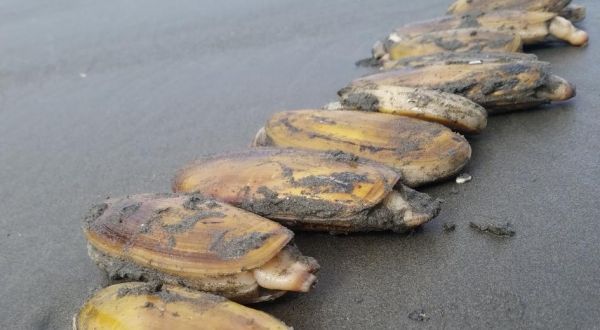Portland State University researchers and their collaborators at the Quinault Indian Nation and Oregon State University found microplastics in Pacific razor clams on Washington's sparsely populated Olympic Coast — proof, they say, that even in more remote regions, coastal organisms can't escape plastic contamination.
Microplastics are pieces of plastic smaller than 5 millimeters that are either intentionally produced at that size, or break down from synthetic clothing, single-use plastic items, or other products. These particles enter the environment and pervade freshwater and marine environments, soils and even the air we breathe.
Britta Baechler, the study's lead author and a recent graduate of PSU's Earth, Environment and Society doctoral program, analyzed the concentrations of microplastics in razor clams collected from eight beaches along the Washington coast and, after surveying recreational clam harvesters, estimated the annual microplastic exposure of those who eat them.
Continue reading at Portland State University
Image via Portland State University


